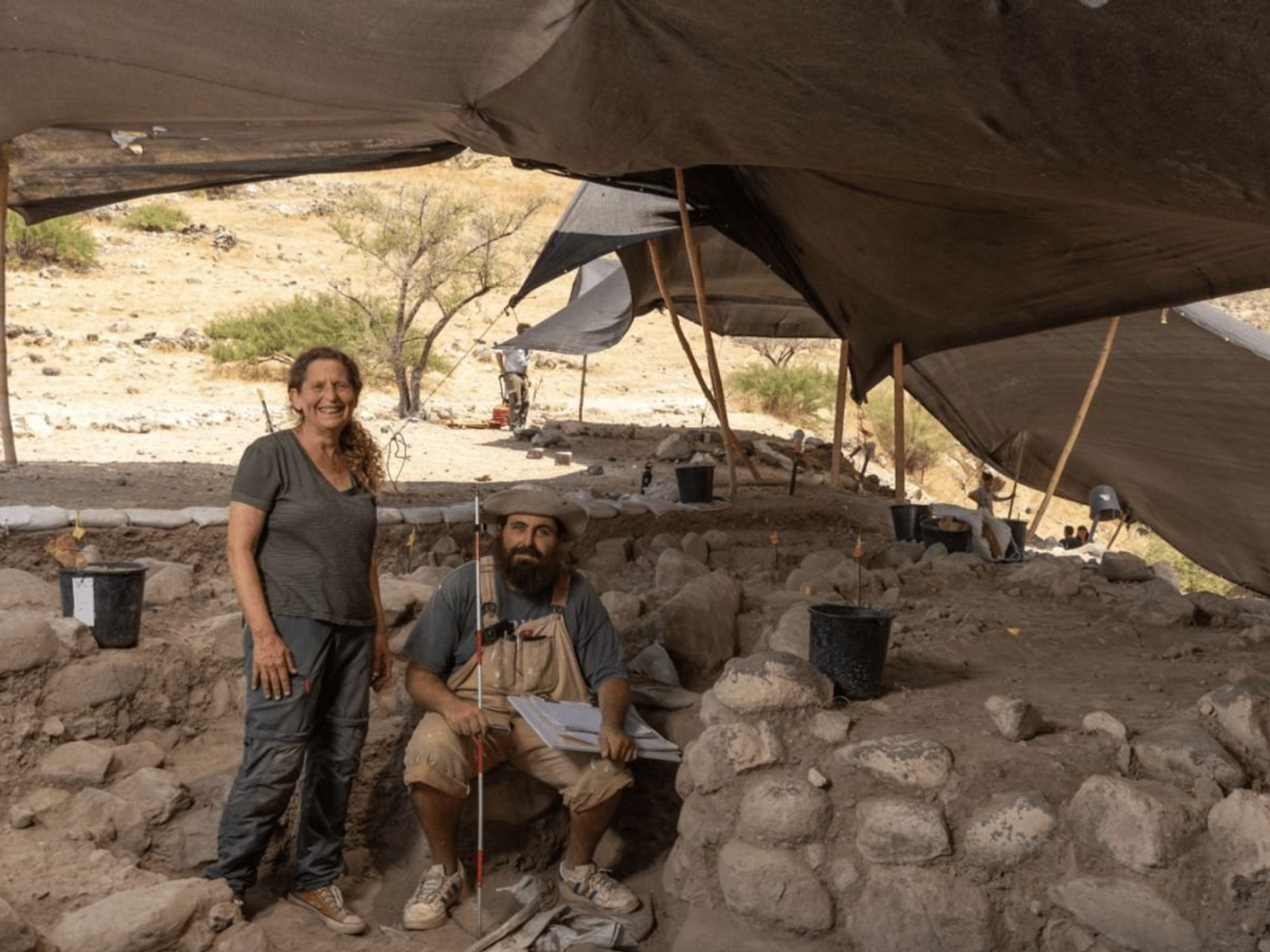Electric cars could save drivers hundreds of pounds thanks to new technology with 'many potential benefits'

There could be almost 40 million electric cars on the road by 2050
Don't Miss
Most Read
Latest
Electric vehicles could help motorists save hundreds of pounds on their overall bills thanks to new investment, with one expert saying it could revolutionise the EV network.
The Government recently announced a funding boost of £4.8million to support four projects helping to develop so-called Vehicle-to-Everything (V2X) technologies.
The development of this technology could help people save hundreds of pounds on their energy bills by using electricity stored in their electric vehicles to power home appliances.
These two-way charging technologies could enable electricity stored in a vehicle’s battery to flow back into the rid or back into the home, powering items like fridges and washing machines.

The Government announced the new investment earlier this month
|GETTY
Experts are calling for greater funding for these technologies to help motorists save on their own costs and ensure there is never a strain on the national grid network.
Adam Hall, an EV expert at Drax Electric Vehicles, commented on the investment and how millions of Britons could benefit from cheaper energy bills.
Speaking to GB News, he said: “National Grid predicts there will be as many as 37.4 million electric vehicles on UK roads by 2050.
“The majority of these will remain idle for 95 per cent of any day. That’s a huge amount of storage potential that could be used to balance the grid at key times.
“With V2G technology, we can turn EVs into miniature, mobile power stations – with many potential benefits for households, businesses and the grid, including energy cost savings.”
The Government’s recent investment into the sector will see one company, Electric Green Limited, trial wireless V2X technology with a fleet of 20 delivery vehicles at Royal Mail.
Adam Hall also highlighted how the bidirectional technology would allow electric vehicles to draw power from the energy network but also send power back when it’s needed.
He added: “It’s therefore possible to use EVs as stationary batteries, storying renewable power and sending it back to the grid – when demand is higher, for example.”
The Government invested £30million into Vehicle-to-Grid (V2G) technology in 2018, backing 21 projects and paying for the research and development.
One of these schemes included EDF Energy’s V2GO scheme which aimed to show how energy stored in EV batteries could be borrowed by the electricity system during peak hours.
Former Transport Minister Jesse Norman said: “As the number of electric vehicles grows and their battery capabilities increase, there is a huge opportunity for them to make a significant contribution to a smart grid.
“These projects are at the cutting edge of their field. Just like the visionary designs of Brunel and Stephenson in transport, they could revolutionise the ways in which we store and manage electricity, both now and in the future.”
Organisations are even pushing ahead to grow the electric transport network outside of vehicles, with new plans being unveiled to install electric charging points alongside canals.
Midlands Connect is looking at the “sustainable future” of narrowboats, with plans for a network of charging points along canals.
LATEST DEVELOPMENTS:

The new technology could help drivers power their homes through their EVs
|PA
The organisation admits that it is a “niche proposition” and has only had a few pilot trials, but there are high levels of optimism that it could work.










